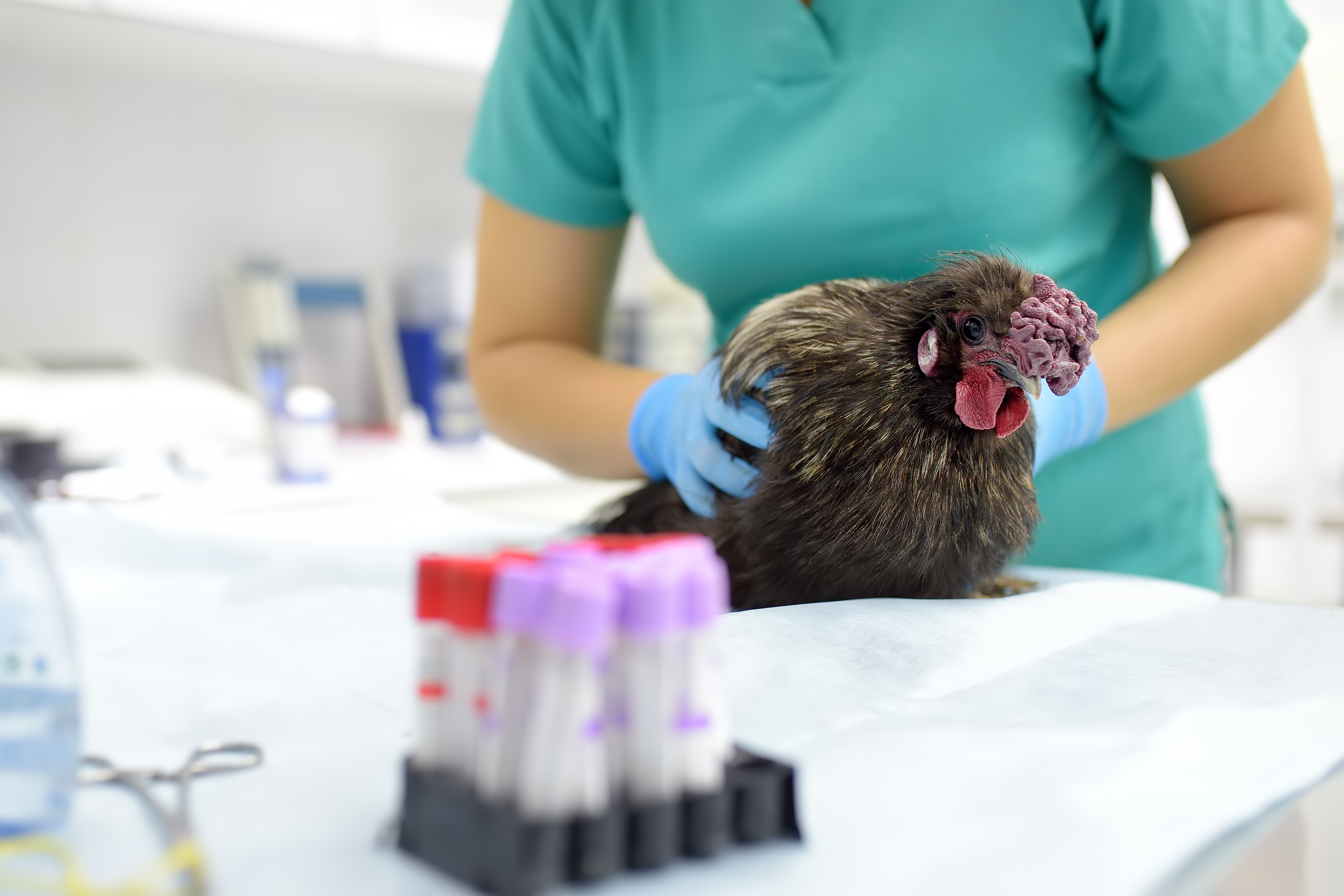10 Ways H5N1 Is the Invisible Threat Reshaping Our World
2. Transmission Dynamics: From Birds to Humans

H5N1 primarily circulates in bird populations, particularly in domestic poultry. The virus is highly contagious among birds, and outbreaks can result in significant economic losses due to the culling of infected flocks. Transmission to humans typically occurs through direct contact with infected birds or their secretions, such as saliva, mucus, or feces. The virus can also survive in the environment for extended periods, increasing the risk of exposure for individuals working in poultry farming or live bird markets. Despite these transmission routes, human infections remain relatively rare, suggesting that the virus has not yet adapted for efficient human-to-human transmission. The limited human-to-human transmission observed thus far is a double-edged sword. On one hand, it has prevented widespread outbreaks akin to those seen with other influenza viruses, such as H1N1. On the other hand, the virus's potential to mutate and acquire the ability to spread easily among humans remains a significant concern. Vigilant surveillance and research are essential to detect any changes in the virus's transmission dynamics, enabling timely interventions to prevent a potential pandemic. Understanding these dynamics also informs public health strategies aimed at reducing the risk of zoonotic transmission and protecting vulnerable populations.
